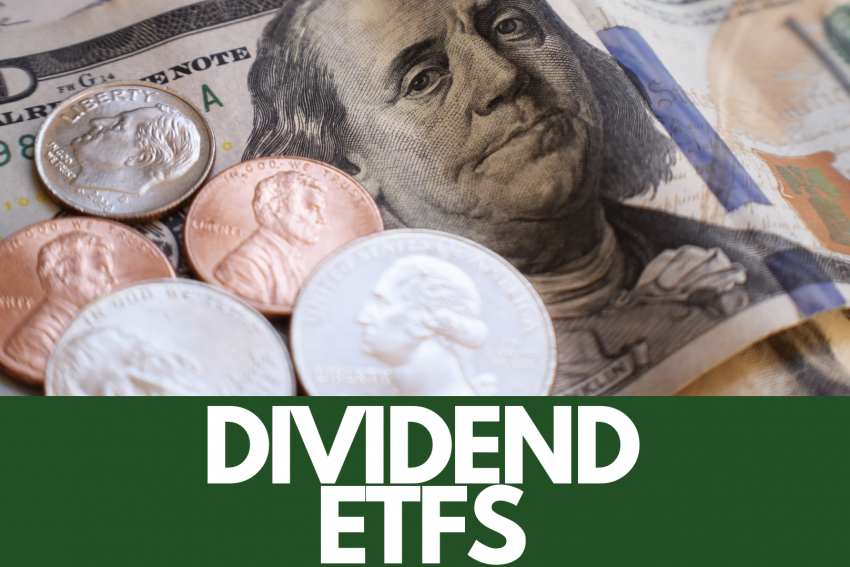The allure of Exchange-Traded Funds (ETFs) is undeniable. Offering a blend of simplicity, cost efficiency, and diversification, ETFs have become a staple in the portfolios of both budding and seasoned investors. Amidst this backdrop, the Invesco Russell 1000 Dynamic Multifactor ETF (OMFL), WisdomTree U.S. Quality Dividend Growth Fund (DGRW), and iShares Core Dividend Growth ETF (DGRO) emerge as intriguing vehicles, each presenting a unique approach to capturing market value and growth. This article embarks on a deep dive into these ETFs, unraveling their strategies, performances, and potential roles within a diversified investment portfolio.
Invesco Russell 1000 Dynamic Multifactor ETF (OMFL): A Tactical Multifactor Marvel
In the quest for market-beating returns, OMFL presents a compelling strategy by dynamically allocating across multiple factors – value, momentum, quality, and low volatility. This multifactor approach is predicated on the belief that no single factor consistently outperforms, and that the relative attractiveness of factors shifts over time due to changes in the economic cycle and market conditions.
Investment Strategy and Allocation
OMFL stands out by utilizing a dynamic allocation model, adjusting its factor exposures in response to evolving market signals. This adaptability aims to optimize the fund’s risk-adjusted returns, potentially offering a smoother investment ride through various market environments.
Performance and Risk Analysis
Historically, multifactor ETFs have demonstrated the ability to deliver competitive risk-adjusted returns. OMFL, with its dynamic strategy, aims to enhance this proposition further. However, investors should be cognizant of the complexity and costs associated with such a strategy.
WisdomTree U.S. Quality Dividend Growth Fund (DGRW): Quality Meets Growth
DGRW offers investors a pathway to companies that exhibit both a commitment to dividends and the characteristics of quality and growth. This approach targets firms with robust long-term earnings potential, sound financial health, and a reliable dividend payout history.
Investment Focus and Criteria
The fund employs a forward-looking methodology, focusing on companies with the potential for future dividend growth rather than a backward-looking emphasis on past dividend increases. This distinction is crucial, as it aligns the fund’s holdings with companies showing strong fundamentals and growth prospects.
Diversification and Performance Considerations
While DGRW’s strategy may lead to sector concentration in areas traditionally associated with quality and growth, such as technology and consumer discretionary, it also opens the door to capturing premium returns from these high-performing sectors. The fund’s focus on dividend growth adds an income dimension to the portfolio, appealing to those seeking growth with a side of income.
iShares Core Dividend Growth ETF (DGRO): Balancing Growth with Income
DGRO seeks to marry the objectives of income and capital appreciation by investing in companies that not only pay dividends but have the potential to increase them over time. This strategy recognizes the dual appeal of dividend-paying stocks: they offer investors a tangible return on investment through dividends, while also providing the potential for stock price appreciation.
Strategy and Selection Process
DGRO employs a disciplined selection process, focusing on companies with at least five years of uninterrupted annual dividend growth. This criterion helps ensure that the fund’s constituents have a proven track record of financial stability and shareholder-friendly policies.
The Appeal and Risks
The dual focus on dividend growth and capital appreciation makes DGRO an attractive option for a wide range of investors, especially those seeking a blend of income and growth. However, the fund’s performance can be sensitive to changes in interest rates, as dividend-paying stocks may become less attractive relative to fixed-income alternatives when rates rise.
Strategic Portfolio Placement
Incorporating OMFL, DGRW, and DGRO into an investment portfolio offers a multifaceted approach to capturing market opportunities while mitigating risks. Each fund serves a distinct purpose:
- OMFL offers a dynamic, multifactor approach suitable for investors seeking diversified exposure across key market factors.
- DGRW appeals to those looking for a combination of quality, dividend growth, and the potential for sector-leading returns.
- DGRO is ideal for investors desiring a balance between income and capital appreciation, focusing on companies with a strong history of growing dividends.
The strategic placement of these ETFs within a portfolio hinges on an investor’s financial goals, risk tolerance, and investment horizon. Here’s how to harmonize these elements for optimal portfolio construction:
Aligning with Financial Goals
- Growth-Oriented Investors: Those prioritizing capital appreciation might lean towards OMFL and DGRW, given their focus on dynamic factor allocation and quality dividend growth, respectively.
- Income-Focused Investors: For individuals seeking steady income streams, DGRO offers an appealing blend of dividend growth and income potential, with a conservative growth tilt.
Risk Tolerance Consideration
- Higher Risk Tolerance: Investors comfortable with higher volatility for potential higher returns might find OMFL’s dynamic multifactor strategy intriguing. Its ability to pivot across different market factors can lead to significant outperformance in the right conditions.
- Moderate Risk Tolerance: DGRW and DGRO, with their emphasis on quality and growing dividends, may cater to investors who seek a more balanced approach, combining growth potential with a defensive posture through dividends.
Investment Horizon
- Long-Term Horizon: All three ETFs are designed with a long-term investment horizon in mind. OMFL’s multifactor approach can capture growth over various market cycles. In contrast, DGRW and DGRO focus on companies with strong growth prospects and robust dividend growth records, aligning well with a long-term growth and income strategy.
Market Conditions and Sector Exposure
The effectiveness of each ETF also varies with market conditions. For instance, OMFL’s dynamic strategy may excel in markets characterized by high volatility and changing leadership, as its factor allocation can adapt to these shifts. DGRW and DGRO, focusing on dividend growth, might be more resilient during market downturns, as they invest in financially healthy companies likely to sustain dividends.
However, it’s important to also be mindful of sector exposures. DGRW’s criteria may lead to significant allocations in sectors like technology and consumer discretionary, which, while offering growth, also carry sector-specific risks. Similarly, DGRO’s broad exposure across dividend-growing companies includes sectors sensitive to interest rate changes, which could impact performance.
Fees
When evaluating ETFs, it’s important to consider the fees, since this will impact net returns. While OMFL, DGRW, and DGRO have distinct strategies, their success is measured not only by their ability to generate returns but also by how efficiently they do so after accounting for expenses.
In this case, OMFL has an expense ratio of .29%, while DGRW charges an expense ratio of .28%, and DGRO is the lowest at 0.08%.
Conclusion: Crafting a Cohesive Investment Strategy
The financial markets are no doubt rich with opportunities, and ETFs such as OMFL, DGRW, and DGRO offer unique strategies to capitalize on various market dynamics. By understanding the differences between these funds, you can make an informed decision that aligns with your investment goals, risk tolerance, and time horizon.
As always, consider consulting with a financial advisor to tailor these strategies to your personal financial situation, ensuring that your investment choices closely align with your long-term objectives.



